Sixteen miles north of Quito, Ecuador’s national capital, stands a 98-foot high stone monument topped by a five-ton brass globe. It’s the centerpiece of Ciudad Mitad del Mundo (Middle of the World City), a sprawling tourist site built to mark the exact location of the equator, the imaginary line separating the Northern and Southern hemispheres.
The trapezoid-shaped monument is part of an equatorial theme park that includes restaurants, shops, a planetarium, a miniature replica of colonial Quito and, slightly off topic, a cacao exhibit, a beer museum and an alpaca farm.
You reach the monument via a landscaped boulevard lined with busts of the French scientists who first determined that this was the location of the equator in 1736. A painted yellow stripe divides the walkway leading into the building, a perfect place for visitors to snap corny pictures of themselves straddling the two hemispheres.
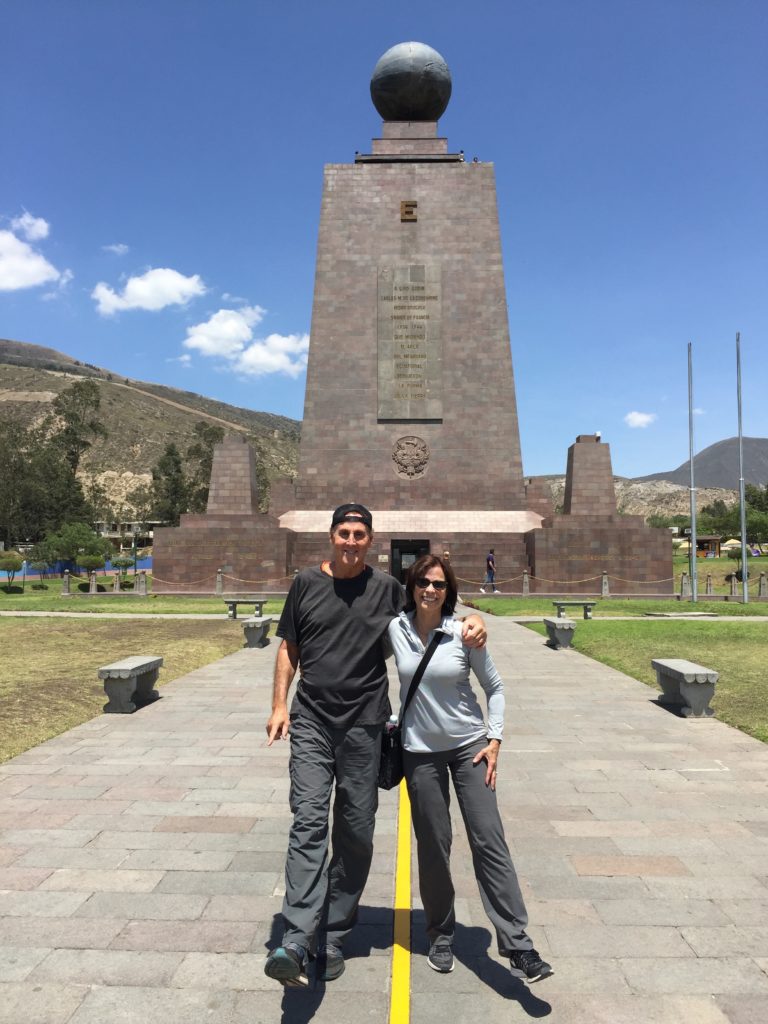
There’s just one small problem: It’s not the actual site of the equator, which modern GPS has pinpointed about 790 feet down the road, where a newer, albeit much smaller attraction called the Museo Solar Intinan (Intinan Solar Museum) competes for tourists.
“Really?’’ said a visitor from Texas when I told him about the discrepancy as we stood on the viewing deck of the monument. “That would be like building the Washington Monument in Dallas.’’
To make matters even more confusing, some geography buffs claim neither spot is the real deal and that, in truth, the equator is a short distance away from both places.
When I asked our local guide Maria about the controversy, she shook her head and smiled. “The equator is good for business here,’’ she said.
Indeed, like many tourists, my wife Pat and I visited both equators during our stay in Quito, which at an elevation of 9,350 feet is the second-highest capital in the world. The admission fees are relatively cheap — $4 for a guided tour of the Solar Museum and $7.50 for an all-inclusive pass to Middle of the World City — but many visitors lighten their wallets at the gift shops that peddle equator-themed hats, coffee mugs, shirts and pens.
Our first stop was the Solar Museum, which unlike the government-owned Middle of the World City, is privately run. The jerry-built park lacks impressive monuments and statues, preferring to emphasize native culture, Amazon wildlife and interactive exhibits that demonstrate the peculiar physics of life at the equator.
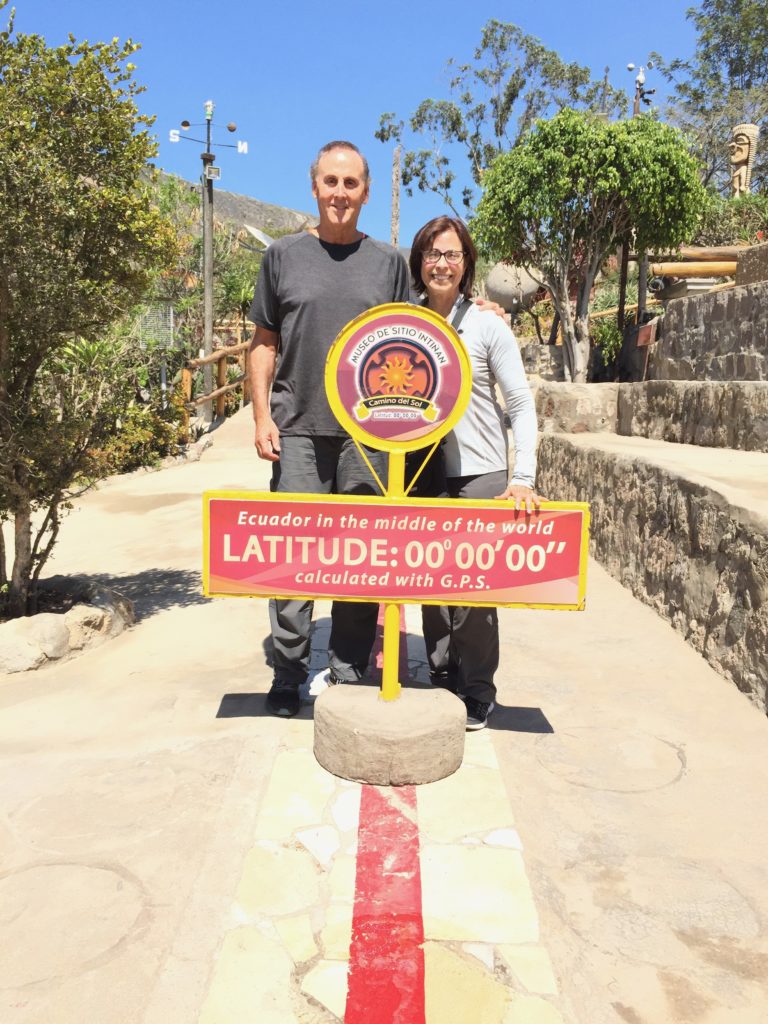
After passing by some mud huts and a pen full of guinea pigs (a popular food in Ecuador), we viewed an enclosed glass display featuring an embalmed boa constrictor, a shrunken human head and a preserved candiru, sometimes called a vampire fish because, according to legend, it can slither its way into a person’s urinary tract. (Locals are warned never to pee in a river where these fish are found.)
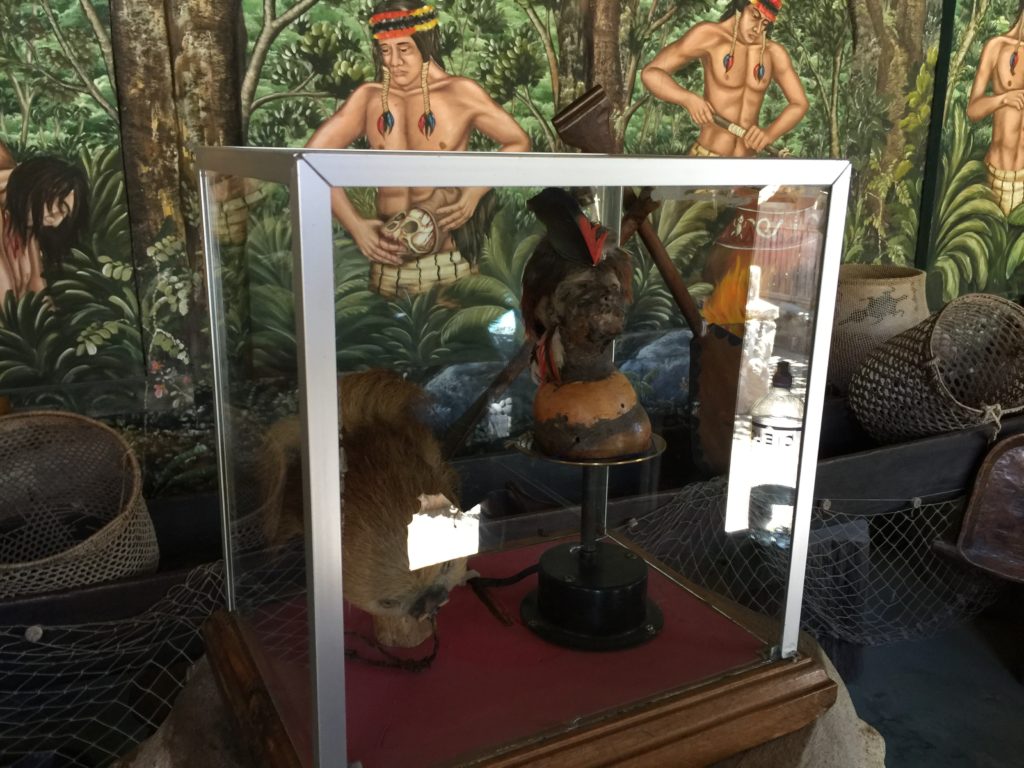
Next up were a series of demonstrations designed to show that centrifugal force is unique at the equator. I balanced an egg on a nailhead and watched our guide pour water into a portable sink to demonstrate the Coriolis effect, which supposedly makes toilets in the Northern and Southern hemispheres flush in opposite directions.
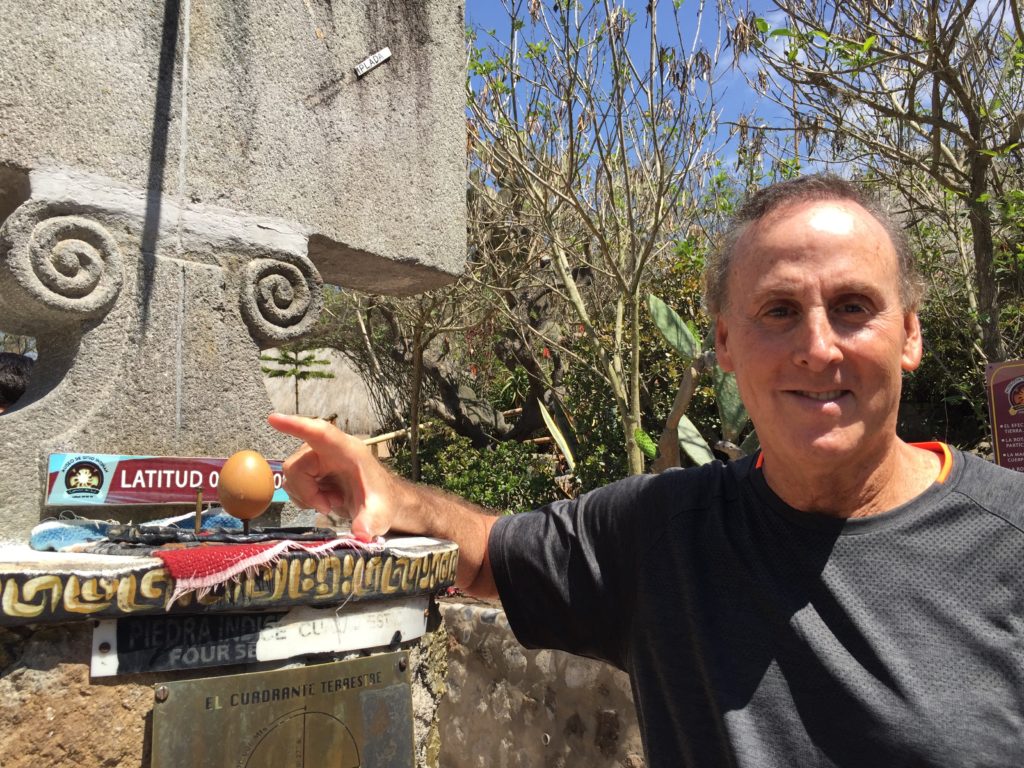
Finally, we were asked to close our eyes, hold our arms out to our sides and try to walk a straight line along a red stripe marking the equator. Our wobbly steps made us look like drunken drivers failing a sobriety test. (Sadly, I later learned that all these crowd-pleasers involved an element of trickery or misleading science.)
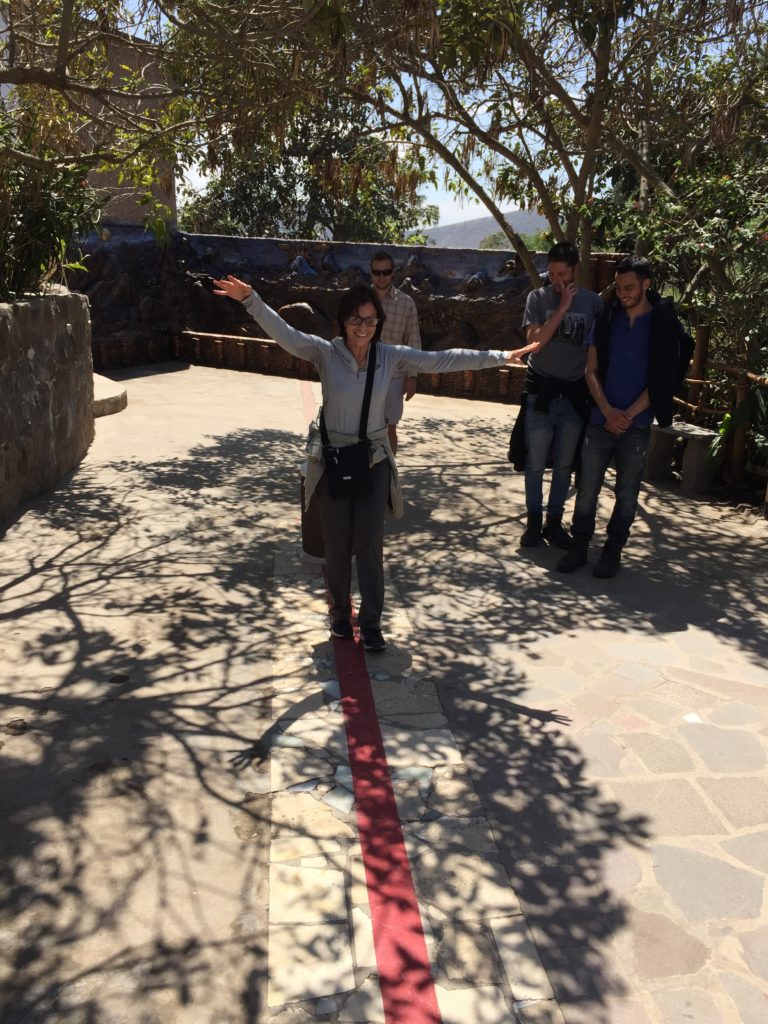
After leaving the Solar Museum, we took a short ride over to the Middle of the World City, where we walked to the monument and rode up an elevator to an outdoor perch that gave us a panoramic view of the surrounding mountains. Inside, there’s an exhibit explaining the magnetic force at the equator, including a giant scale to check your weight. I read that you weigh slightly less at the equator, but I didn’t test the premise because I had been gorging on Ecuadorian chocolate.
Though it’s still billed as the Middle of the World City, it no longer claims to be the precise location of the equator. In fact, if you ask one of the workers there, they’ll even give you directions to the Solar Museum.
We didn’t visit the beer museum, which was probably a wise choice because drinking at high altitude makes it much harder to balance an egg on a nailhead.
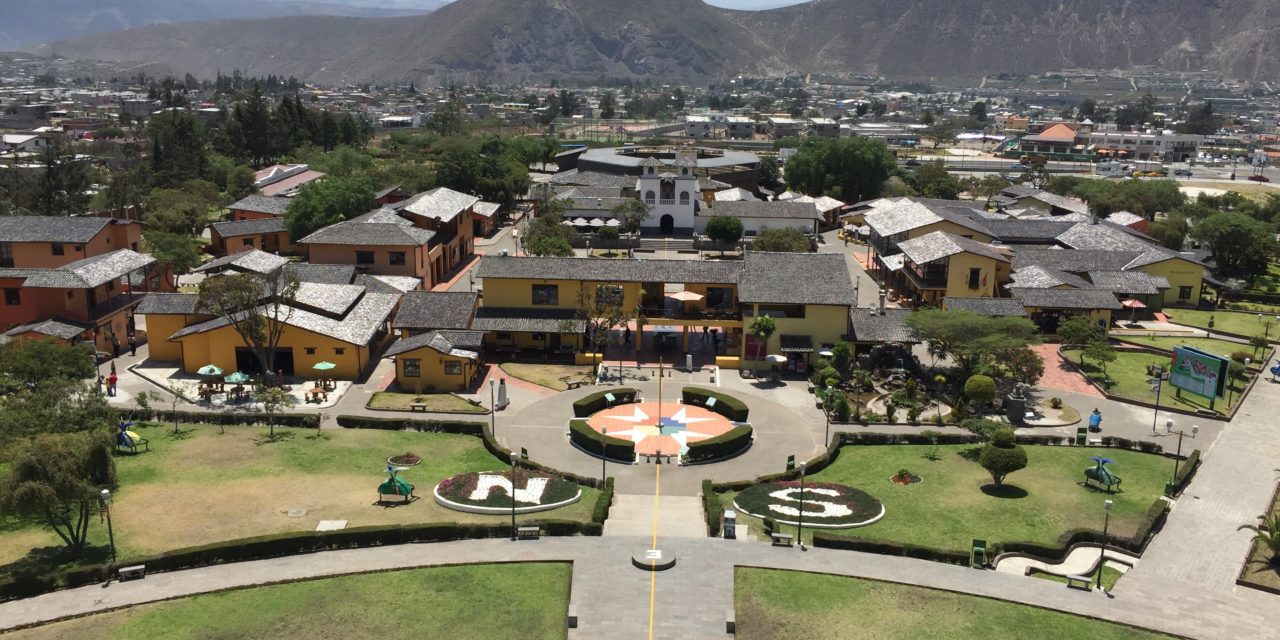

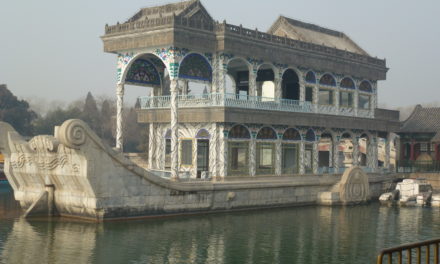
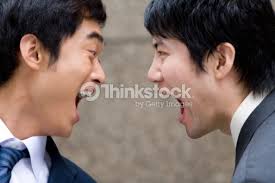

Super fun report made me feel I was there. Waiting the next adventure.